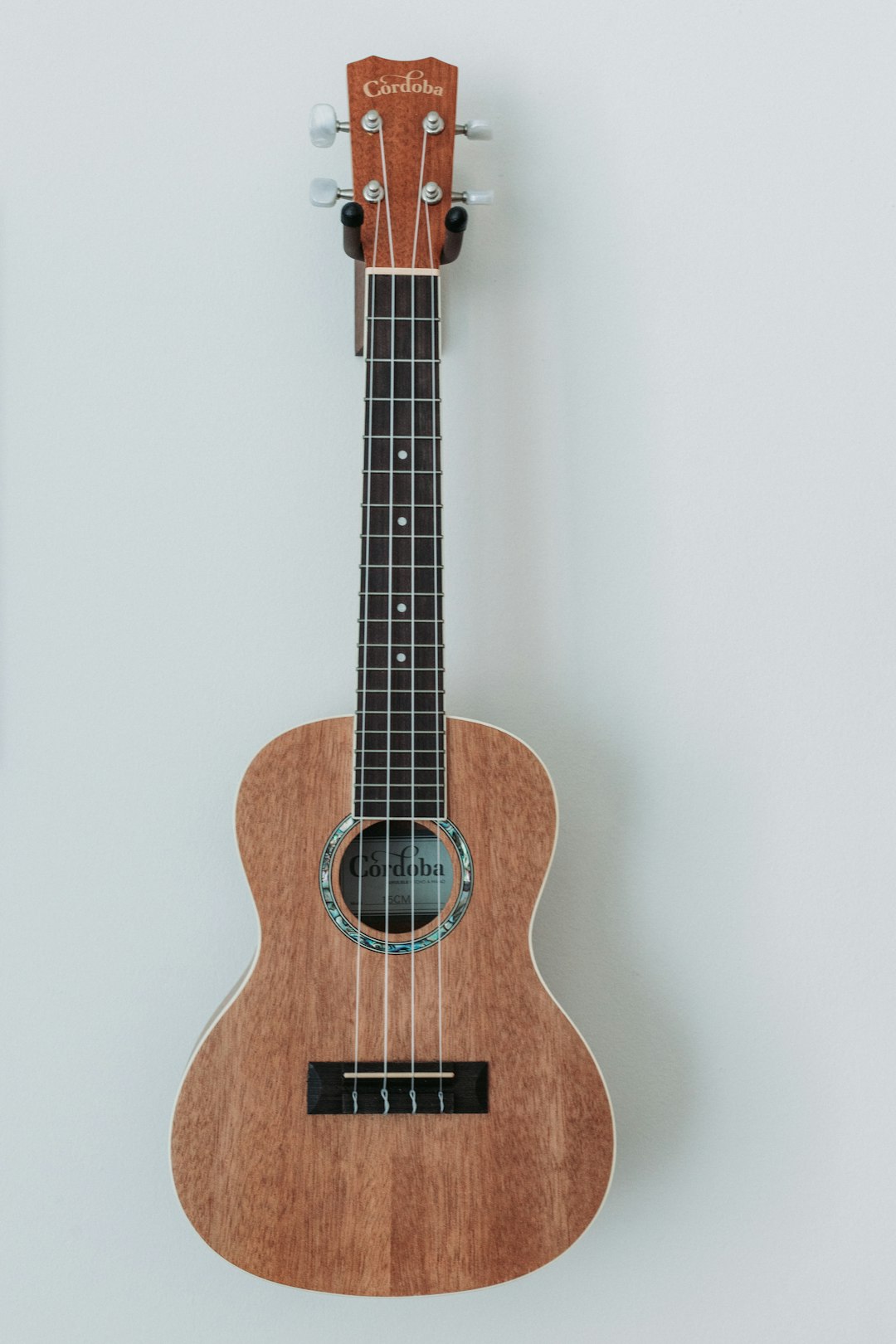What is the right position of the left hand to improve its technique?
NewsWhat is the right position of the left hand to improve its technique?
The left hand (consider reversing these terms if you are left-handed!) is the one that will define the height of the notes played, from the highest to the highest, so the one with which you will “squeeze” the strings with the pulp of the fingers.
It is also the one that will get tired and become “painful” faster, which is why it is important to give real importance to its proper placement on the sleeve in order to get good habits right from the start.

Several important points to remember
- The fingers are almost perpendicular
- The fingers press the strings in the middle of the square, closer to the fret (in direction of the rosette)
- The thumb is placed at the back of the handle (between the middle and top of the handle), as if you were forming a clamp with your hand (the fingers have to bridge and pinch each rope effortlessly). The thumb should be flat on the wood.
It is positioned in this way to facilitate the movement of the other fingers on the strings. Make sure it stays in place as it tends to migrate above or parallel to the handle, which is no longer a correct position.

Small tips* Exercise
and practice as regularly as possible, strengths your hand and fingers that are not used to managing these tensions
* Your joints can tighten at first but will quickly become muscular thanks to the practice and regularity
* The tips of your fingers can become sensitive to the long but very quickly, a thin layer of horn will form and protect them.
* And last little advice but not least, like every muscle in our body, our fingers have the incredible ability to “memorize” everything they do, that's what we call muscle memory.
In a word
PRASE PRASE PRASE!! That's the key to success. Indeed, this is the only way that the brain can remember and remember each of your gestures, it is to train slowly, conscientiously and daily.
CoachGuitar offers you to practice exercises that will allow your fingers to integrate precise positions, shapes and gestures.
Written by Brizzly
on 2019-03-26 17:09:15
Keep reading



The Guitar: One of the Major Figures in the Iconography of Pablo Picasso
The Guitar: One of the Major Figures in the Iconography of Pablo Picasso







